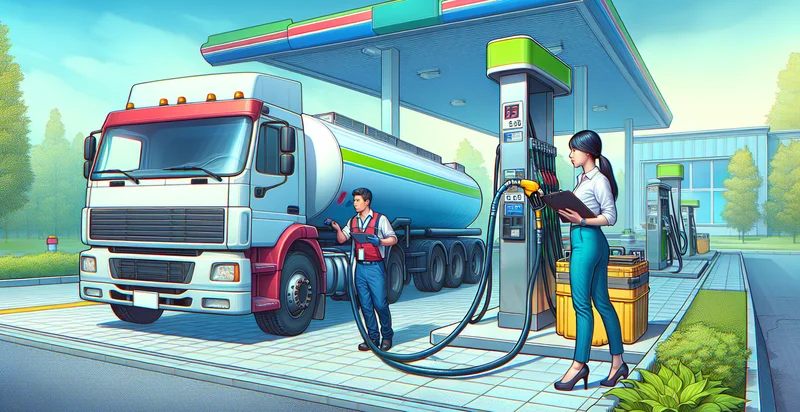Identify fuel systems
using AI
Below is a free classifier to identify fuel systems. Just upload your image, and our AI will predict what type of fuel system it is - in just seconds.

Contact us for API access
Or, use Nyckel to build highly-accurate custom classifiers in just minutes. No PhD required.
Get started
import nyckel
credentials = nyckel.Credentials("YOUR_CLIENT_ID", "YOUR_CLIENT_SECRET")
nyckel.invoke("fuel-systems", "your_image_url", credentials)
fetch('https://www.nyckel.com/v1/functions/fuel-systems/invoke', {
method: 'POST',
headers: {
'Authorization': 'Bearer ' + 'YOUR_BEARER_TOKEN',
'Content-Type': 'application/json',
},
body: JSON.stringify(
{"data": "your_image_url"}
)
})
.then(response => response.json())
.then(data => console.log(data));
curl -X POST \
-H "Content-Type: application/json" \
-H "Authorization: Bearer YOUR_BEARER_TOKEN" \
-d '{"data": "your_image_url"}' \
https://www.nyckel.com/v1/functions/fuel-systems/invoke
How this classifier works
To start, upload your image. Our AI tool will then predict what type of fuel system it is.
This pretrained image model uses a Nyckel-created dataset and has 20 labels, including Blocked, Clogged, Contaminated, Corroded, Damaged, Frozen, Functional, Intact, Leaking and Loose.
We'll also show a confidence score (the higher the number, the more confident the AI model is around what type of fuel system it is).
Whether you're just curious or building fuel systems detection into your application, we hope our classifier proves helpful.
Related Classifiers
Need to identify fuel systems at scale?
Get API or Zapier access to this classifier for free. It's perfect for:
- Quality Control in Manufacturing: The false image classification function can be employed in manufacturing plants to automatically identify defects in fuel systems during the production process. By distinguishing between acceptable and non-acceptable images, it minimizes human error and ensures that only high-quality products proceed to the next stages.
- Predictive Maintenance: By analyzing images of fuel systems, this function can classify and flag potential issues before they develop into significant failures. Integrating this into maintenance workflows allows for timely interventions, reducing downtime and maintenance costs.
- Compliance Auditing: The function can help organizations ensure that their fuel systems meet regulatory standards by identifying non-compliance through image analysis. This automated approach to compliance checking not only saves time but also increases the accuracy of audits.
- Inventory Management: In warehouses and storage facilities, the false image classification function can aid in managing inventory levels of fuel systems and other related components. By recognizing and categorizing different items, it allows for more efficient stock management and helps prevent shortages or overstock situations.
- Customer Support and Troubleshooting: The function can be utilized in customer support departments to analyze images sent by users experiencing issues with their fuel systems. By quickly identifying the problem through image classification, support teams can provide faster and more accurate resolutions, improving customer satisfaction.
- Research and Development: In R&D environments, this false image classification function can assist in the evaluation of new fuel systems technologies. By categorizing various designs and prototypes, engineers can analyze trends and performance characteristics more effectively, speeding up the innovation process.
- Training and Education: The function can be used in training programs for technicians and engineers by providing them with classified images of various fuel systems. This enables learners to better understand the types and conditions of fuel systems, enhancing their skills and knowledge in real-world applications.


